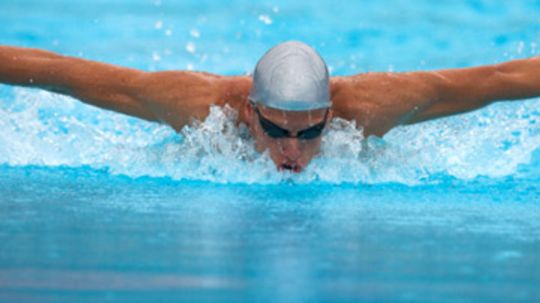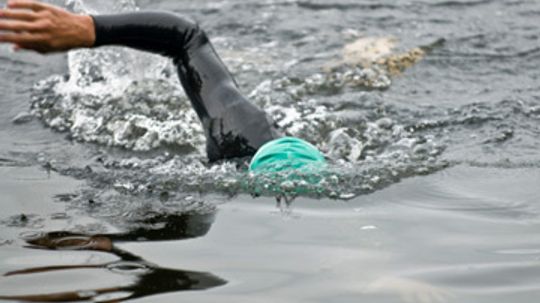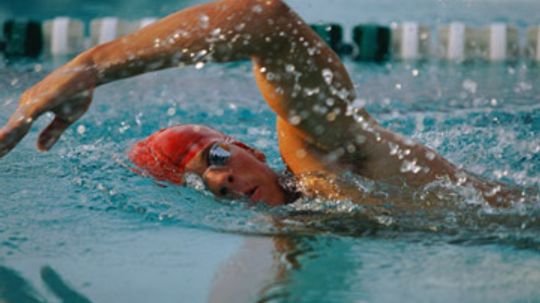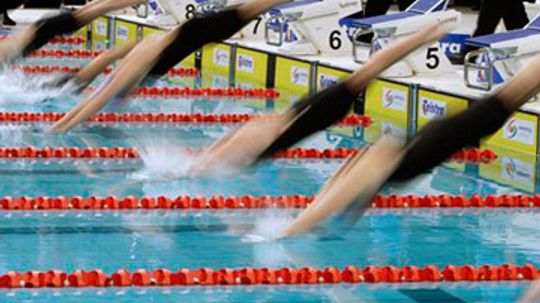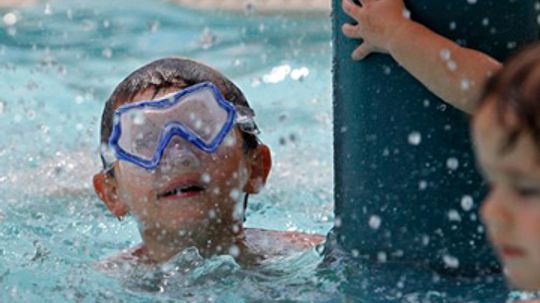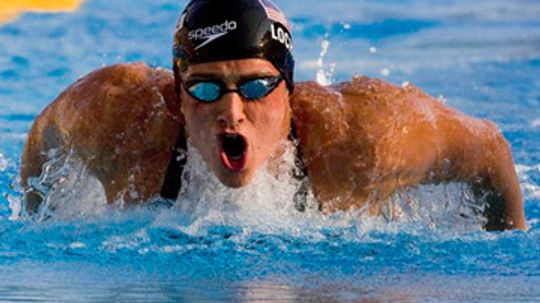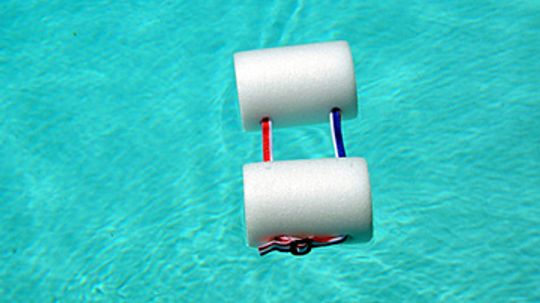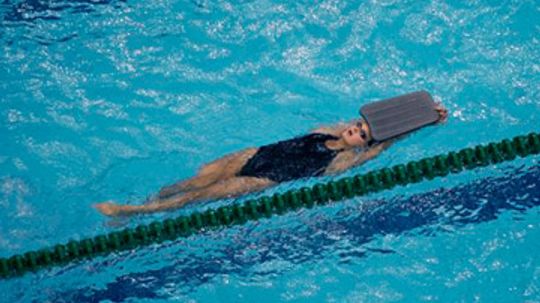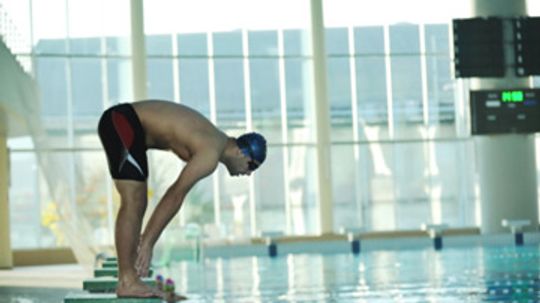Triathlon Swim Training
Triathlon swim training is often the least natural aspect of triathlon training. Most people have never been properly trained in swimming technique. In this section you'll learn about the different types of triathlon swim training.
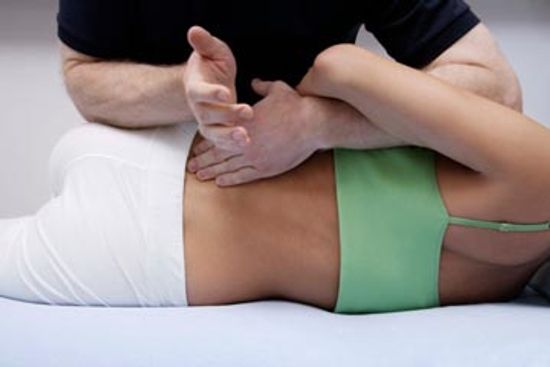
Can myofascial release benefit runners?
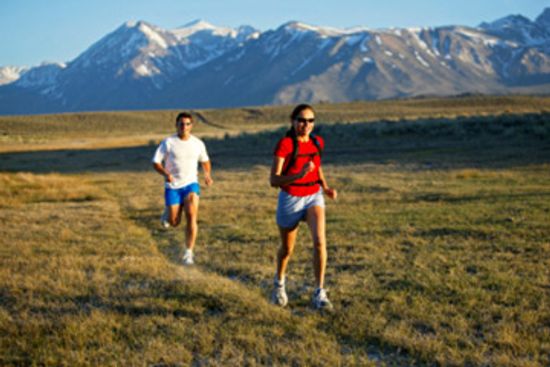
How High Altitude Triathlon Training Works
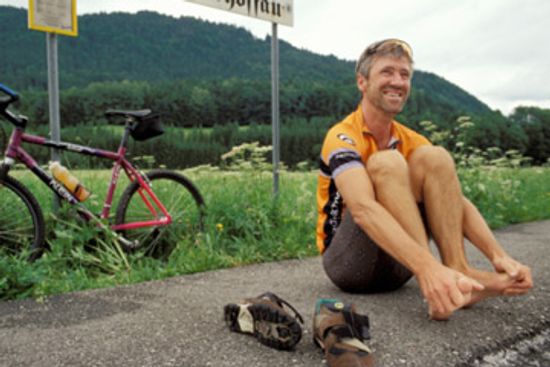
How Massage for Triathletes Works
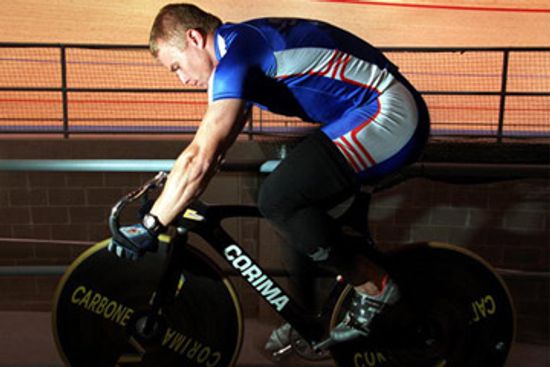
How Bicycle Rollers Work
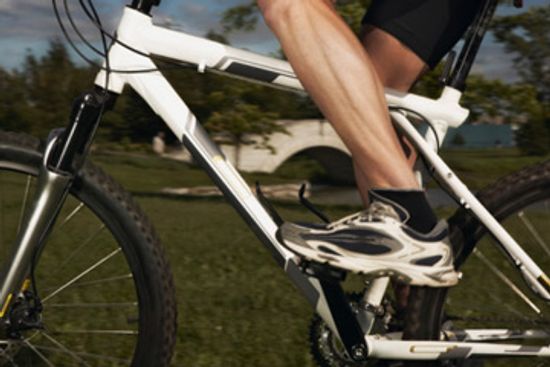
How Cycling Cadence Works
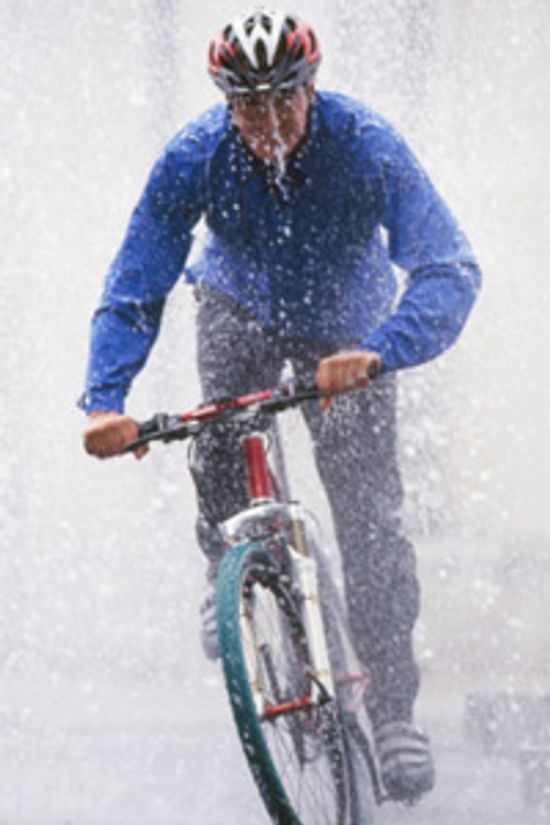
How Cycling in the Rain Works
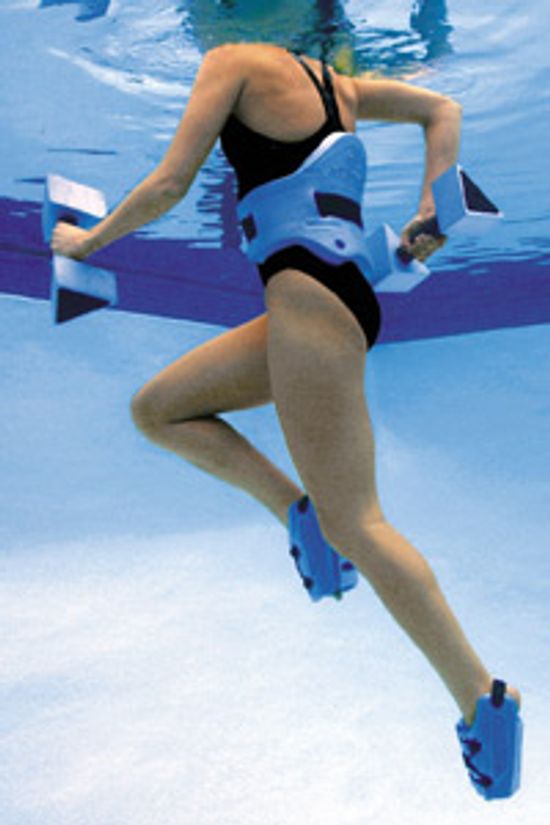
How Deep Water Running Works
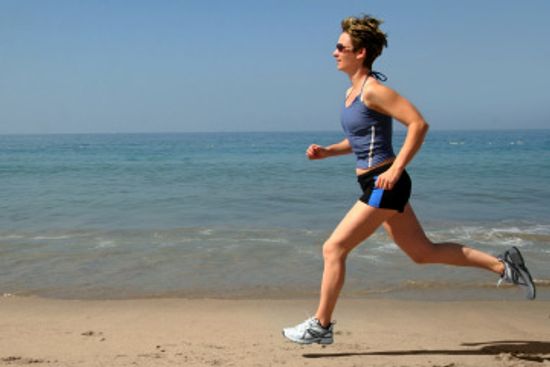
How Soft Surface Triathlon Run Training Works
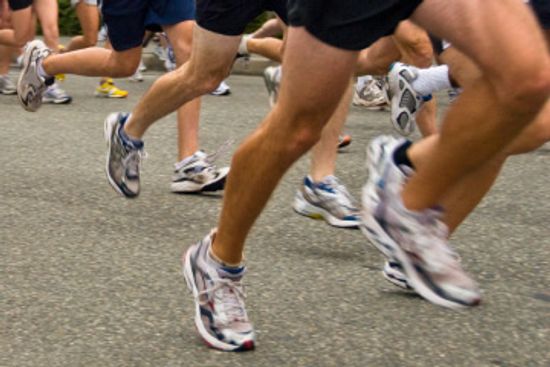
How Triathlon Run Training Works
Learn More
If you enter a swimming race, you probably want to give 100 percent the entire time, right? Some coaches don't think so. Negative split swimming involves finishing the second half of a race faster than the first.
By Jane McGrath
Humans have been swimming in lakes and oceans far longer than they've been swimming in pools, and there remains a certain primal attraction to open water swimming. A far cry from clean, orderly time trials -- open water swimming is a messy free-for-all of kicking feet and splashing arms.
By Tristin Hopper
Freestyle swimming is not only good fun, it's also great exercise. But getting the breathing down can be tricky. Here's a how-to for all you budding Michael Phelpses out there.
By Jill Becker
Advertisement
A bad dive off the blocks during a swimming race can cost you valuable seconds. It may even cost you the race. But do you know the best way to dive into a shallow river or lake while running a triathlon?
By Patrick E. George
There are a number of ways to improve your swim stroke, but the best way is through stroke drills and practice. Even world-class swimmers continue to improve their swim strokes using these simple methods.
By Jamie Page Deaton
Practiced swimmers seem magically better than the rest of us at gliding through the water. Olympian swimmers seem almost to defy physics. What do great swimmers do differently from the rest of us?
By Nicholas Gerbis
Swimmers hold pull buoys between their legs while training to stop themselves from kicking. This strengthens the muscles in their upper bodies. But how do you get used to training with a pull buoy?
By Nathan Chandler
Advertisement
Kickboards aren't only for beginning swimmers -- they're for anyone in the water at any skill level. Even competitive athletes use them. In fact, a kickboard can be a valuable part of your water workout.
By Kristen Hall-Geisler
It may seem hard to believe that something as menial as arm or leg hair can slow you down in the water. Is this simply the stuff of superstition? Or is there something to this ritual?
By Jane McGrath
